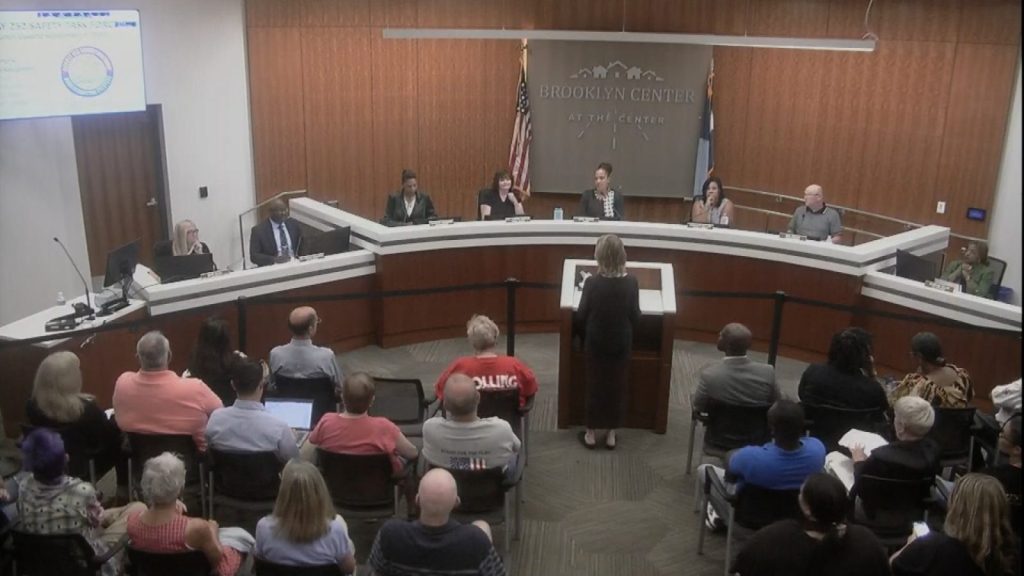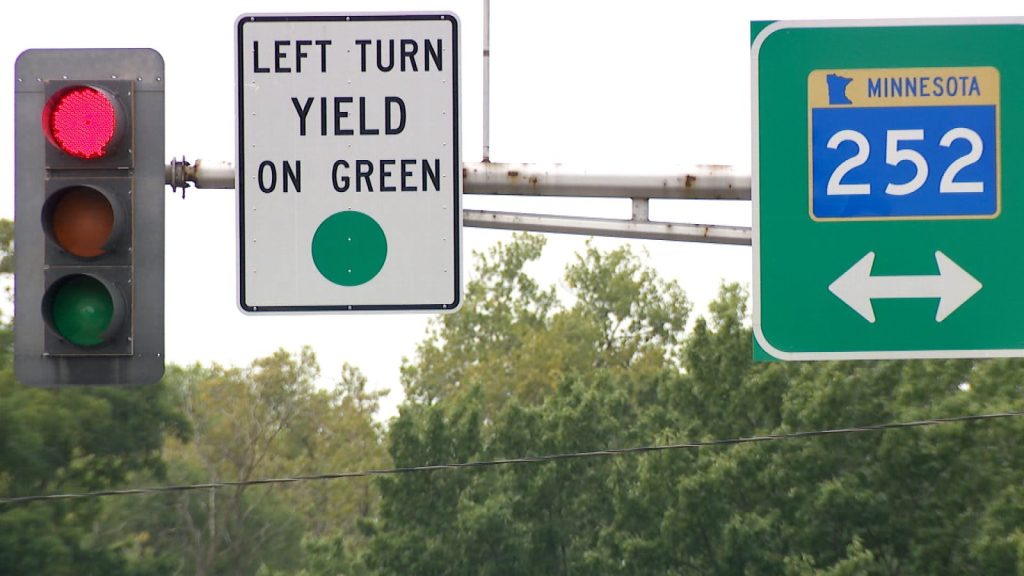Hwy. 252 Taskforce Raises Concerns Over MnDOT Freeway Plan
The Minnesota Department of Transportation is collecting feedback on its Highway 252 and Interstate 94 project meant to increase safety. A Brooklyn Center-based group is pushing back, believing the project will do the opposite.
“Safety first” is the Brooklyn Center council-sanctioned Highway 252 Task Force‘s mission. The group made those concerns known on Monday at a Brooklyn Center City Council meeting.
“We urge you to deny municipal consent for MnDOT’s flawed plans for 252,” said Lisa McNaughton, opening up the city council update on Monday night.
Other 252 members, including Stephen Cooper, are concerned about the potential increase in traffic if the highway were to become a freeway.
Right now, Highway 252 is an expressway. That essentially means it has stop lights. MnDOT’s four-to-six-lane options make the road a freeway instead. Those options would remove stoplights and add on-and-off ramps, also known as interchanges.
On MnDOT’s website, another option is to keep the road as is.
Crash Concerns
During Monday night’s meeting, the task force shared Tara McCarthy’s emotional testimony over video. She spoke about her son Jason, who died in 2014 after being struck from behind by a drunken driver at a 252 stop light. McCarthy said the impact made him brain dead. She worries that the interchange design could lead to more accidents.
“According to MnDOT data, there have been nine more fatal crashes in Highway 252/I-94 project area. Nine more families, nine more communities of friends that have a horribly different reality than they have planned for,” McCarthy said in the presentation.
At the end of McCarthy’s segment, a written statement said the roadway alternatives “do not meet the community’s roadway safety priorities.”
MnDOT spokesperson Ricardo Lopez said in a statement that the freeway conversion plan is meant to reduce those very crashes.
“When the expressway option was considered during the scoping phase, it showed a reduction in crashes of 16-18 percent, compared with 58-68 percent for the freeway alternatives,” Lopez wrote. ”Rear-end crashes would not be addressed with the expressway option; these crashes account for 67 percent of crashes on Hwy 252 today.”
Still, the task force believes that plan could actually decrease safety. For safety, their main concern is the interchange that could go in at 66th Avenue. They also expressed concerns about the loss of businesses and homes in the area.
In response to the group’s concerns about interchange safety, Lopez said:
“State and federal manuals identify design guidance. These are guidelines, not requirements. Closely spaced interchanges are common in urban environments and can be designed and constructed to include features that enhance safety and operations. ”
More information about MnDOT’s environmental study is available on its website.




